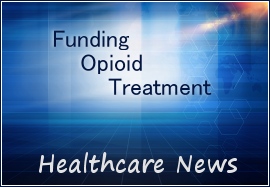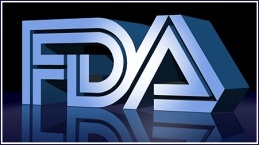 In past decades, opioid addiction was skewed more heavily toward an older generation of adults. But today we have larger numbers of youth using opioids and experiencing addiction-related problems at earlier ages. Importantly, research has demonstrated conclusively that those who remain engaged in treatment for six months or more are much more likely to stabilize and to enjoy sustained success with recovery.
In past decades, opioid addiction was skewed more heavily toward an older generation of adults. But today we have larger numbers of youth using opioids and experiencing addiction-related problems at earlier ages. Importantly, research has demonstrated conclusively that those who remain engaged in treatment for six months or more are much more likely to stabilize and to enjoy sustained success with recovery.
A recent Reuters Health article highlights the fact that many opioid-addicted youth are either not yet engaging in treatment or are exiting treatment too early. While more youth are being saved through the overdose reversal drug naloxone, a majority of addicted youth are still not receiving medicated-assisted treatments such as buprenorphine or methadone.
More work is necessary to open up treatment avenues for young adults across America, and to both educate & compel youth to seek MAT (medication-assisted treatment) as soon as possible.
The opioid addiction problem in America will not soon disappear. Drugs continue to find their way across the U.S. border through multiple avenues. Positive efforts are indeed bringing needed change, but the complexity and extent of opioid addiction in the U.S. will require a long-term, sustained commitment throughout the country. We must get the message out – especially to young people who may not fully grasp the power of addiction!

 Follow
Follow

 Opioid Use Disorder is the newer clinical terminology (from the DSM5) used to describe the full range of opioid problems ranging from mild opioid-related use issues to severe opioid addiction.
Opioid Use Disorder is the newer clinical terminology (from the DSM5) used to describe the full range of opioid problems ranging from mild opioid-related use issues to severe opioid addiction. The national budget proposal for the 2019 fiscal year includes a request for $13 billion in funding for opioid treatment and related services. This linked
The national budget proposal for the 2019 fiscal year includes a request for $13 billion in funding for opioid treatment and related services. This linked  There is a great article in the
There is a great article in the  The nation’s opioid epidemic has reached fever pitch and is now being spotlighted by all levels of local and national media. This is obviously good news.
The nation’s opioid epidemic has reached fever pitch and is now being spotlighted by all levels of local and national media. This is obviously good news.


